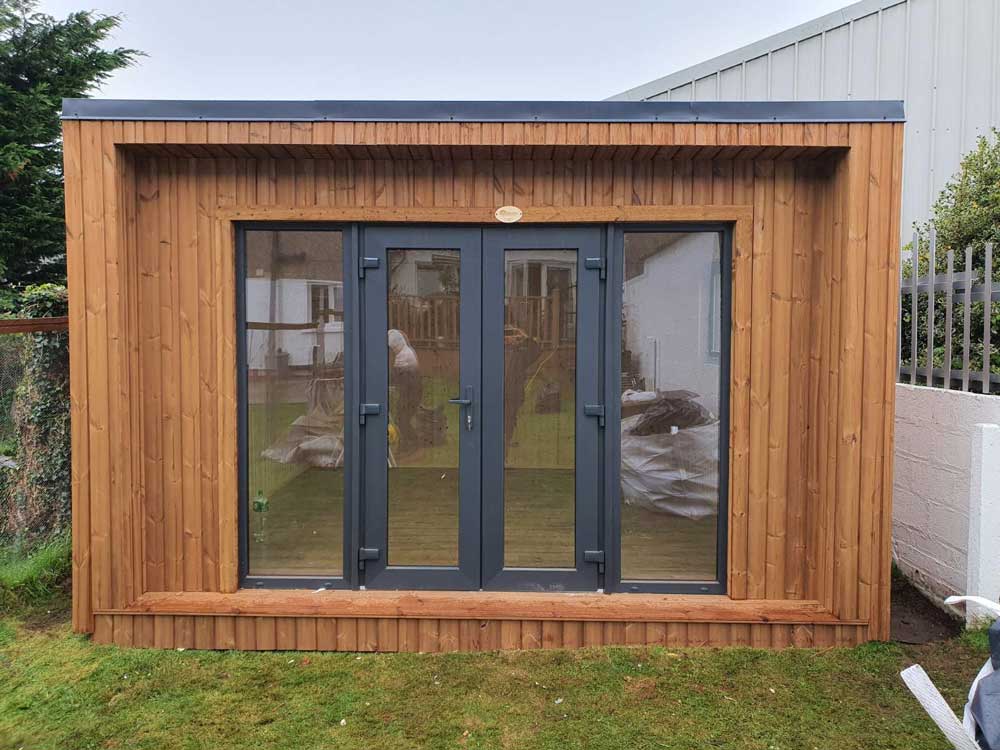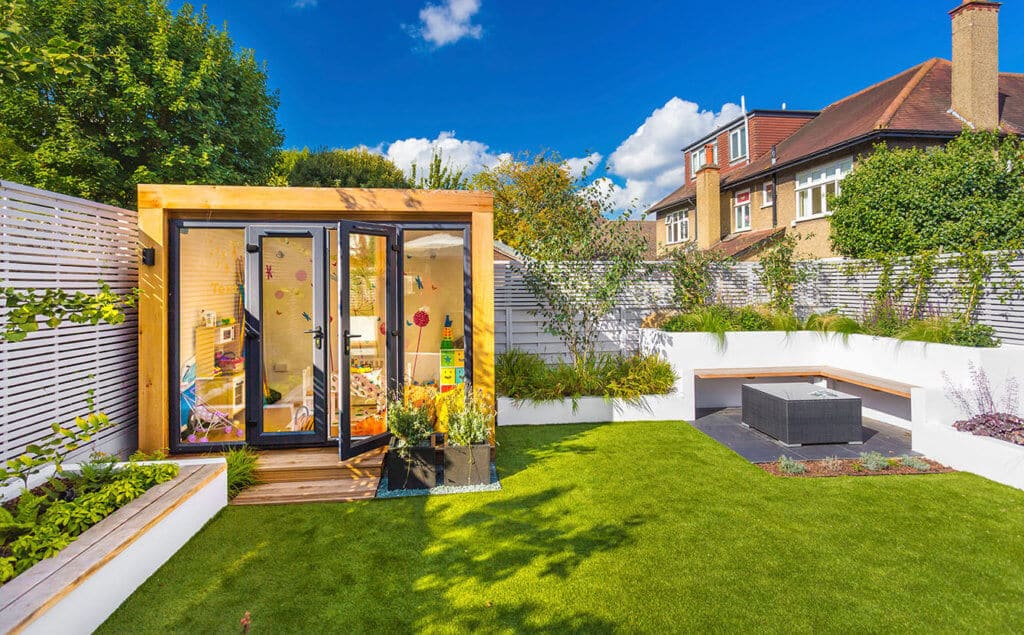Top Advice For Planning Permission On Garden Rooms
Top Advice For Planning Permission On Garden Rooms
Blog Article
What Planning Permission Are You Required To Get For Garden Rooms Etc In Regards To Highways?
Highways-related issues, regardless of whether they are related to the building of conservatories, gardens offices or outhouses, or even extension and garden rooms, can have a significant impact on the necessity for planning permission. Here are some important aspects to take into consideration regarding highways:
The planning authority will need to give approval to the structure if it obstructs the view of motorists as they enter or exit the property, or if new construction affects the view lines at junctions or bends. The planning authority will determine if the building poses any risk to road safety.
Nearness to the highway
Planning permission is usually required for buildings that are built close to the highway. For example front garden rooms, extensions along the street, or even extensions to the street. There are certain distance rules to ensure the building does not interfere with the operation of the highway.
Access and Egress
It is likely that planning permission will be needed to alter existing or new access points. This ensures that egress and access are safe and won't disturb the flow of traffic.
Parking:
Planning approval is required for new structure that will require parking or modify existing spaces. The planning authorities will determine whether the proposed development will provide enough parking spaces for the location and whether there are parking issues on the street.
Traffic Generation
Planning permission is needed to permit any development expected to increase traffic levels for example, an office in a garden used by a business that has clients who are visiting. This would include a study of the traffic levels in the area and road conditions.
Impact on Pedestrian Access:
Planning permission is required if the proposed structure is going to encroach on pavements or pedestrian pathways. Making sure that pedestrian access isn't hindered and is safe for pedestrians is an essential aspect to consider.
Impact of Construction on Highways
Planning permission may be required when the impact of construction on highways is significant, such as temporary obstructions and large traffic. The authority responsible for planning can set conditions to limit disruption to the road network during construction.
Drainage and water runoff
Another factor to consider is the impact of the project on runoff and drainage water, particularly how it impacts highways. The new structure needs to be approved by the planning authority to avoid flooding and drainage issues on the road.
Street Furniture and Utilities
Planning permits are required for any building that could impact street furniture such as lampposts, signs, or underground utilities like water pipes and electrical cables. The planning authority will coordinate with other agencies relevant to address these concerns.
Highway Authority Guidelines
The local highway authority could have specific guidelines and rules for development near highways. Planning permits assure that rules are adhered to in order to ensure road safety.
Disturbance and noise caused by Traffic
Permission to plan is required if the new structure will create more noise and disturbance (e.g. A garden office that receives deliveries or visitors).
Accessibility of Public Transport:
The planning permission is required to develop developments that might impact public transport facilities such as stations or bus stops. Impact on public transport users as well as integration into the transport system is taken into account.
In the end, road safety concerns are a significant element in the process of approval of garden rooms, conservatories or garden extensions. To ensure that the proposed development does not negatively impact the safety of roads and traffic flow and pedestrian accessibility, or even the infrastructure overall, make sure to check this. In consultation with the local planning authority and the highway authority early in the planning process can aid in addressing these concerns and help ensure that the development is in compliance with all relevant laws. Follow the top 3m x 2m garden office for site tips including garden office, outhouses, how to get power to a garden room, costco garden room, outhouses for garden, garden rooms hertfordshire, herts garden rooms, what size garden room without planning permission, garden out house, garden outhouses and more.
What Height Restrictions Do You Have To Adhere To When Planning Garden Rooms?
The size of the garden rooms and conservatories, as well as outhouses, office buildings, or extensions will determine whether or not a permit for planning is required. The following are some of the key aspects to be considered when determining height:
The height of an extension or detached outbuilding must not exceed 4 meters when it is a dual-pitched roof (such as a gable roof).
If you have a flat roofing, a single-pitched roof, or another type, the maximum height must not exceed 3 meters. The maximum height should not be to exceed 3 metres for any other kind of roofing (flat one-pitched, flat etc.).
Proximity of boundaries:
The maximum height of structures that is less than 2 meters away from the boundary should not be greater than 2.5 meters. This is applicable to garages, sheds, and similar structures.
The height of the eaves:
The maximum height of eaves (the space between the smallest portion of the roof and the eaves) must not exceed 2.5 metres for any building.
Conservatories or Extensions
Extensions to the rear with a one-story extensions must not exceed 4 meters. This includes the roof as well as any parapet wall.
Side Extensions
Side extensions are restricted to a maximum of 4 meters. They are not allowed to be higher than the house that was originally built.
Special Roofs
Roofs that have a surface which is flat are limited to a maximum three meter height.
Additional Restrictions to designated areas
In designated conservation areas, Areas of Outstanding Natural Beauty and other designated areas, there might be height restrictions that are stricter and permits are required to construct structures that would otherwise be permitted.
Constructions of National Parks
National Parks are subject to height restrictions, similar to areas designated.
Roof Design:
It is important to consider the height of the highest part (excluding chimneys or antennas). is to be considered. Planning permission will be required if your highest point is higher than the permitted development limit.
Neighbours' Impact:
Planning permission may be required for any structure that is not within the permitted height limits if it is a significant hazard to the sun, privacy, and view of nearby homes.
Maximum Height Total:
The total height of any structure should not be more than 4 meters. As an example, the highest point of a garden-office with roofs that are pitched in two places cannot exceed 4 meters.
Decking or Platforms
To avoid the need for approval for planning, platforms or decks part of the structure must not raise the level of ground by more than 0.3 meters.
Checking with your local authorities regarding any recent changes or rules is always a good idea. Even if the construction is within permitted development rights (PDR), local variations or conditions on the property may require planning permission. Take a look at the top rated garden electrics for website advice including garden room planning permission, outhouse garden, garden rooms near me, garden room vs extension, do i need planning permission for a garden room with toilet, composite garden rooms, myouthouse, garden room vs extension, outhouse builders, garden room permitted development and more.
Regarding Location Restrictions What Kind Of Planning Permit Are You Required To Construct Gardens?
If you are contemplating building an outdoor space, a conservatory outhouse, garden office, or extension the restrictions for location will determine whether planning permission is necessary. Here are key location criteria to take into consideration.
A building that is within 2 meters of the boundary of a property must not exceed 2.5 meters high. If the height is higher than this limit, planning permission is required.
Front of the Property:
The construction of structures on the principal elevation of a house (the front facing side) typically require planning permission, as the permitted development rights do not typically allow for forward extensions or buildings.
The property's side:
Side extensions have to adhere to certain height and size limitations. They often require planning approval if they go over the side walls of the house.
Rear of Property
Height and size restrictions are applicable to the garden rooms as well as rear extensions that are located behind the house. Planning permission is required when these extensions exceed the permitted growth limit.
Designated Areas
In the areas of Outstanding Natural Beauty (AONB), National Parks and World Heritage Sites there are stricter controls. Any new construction regardless of its size might require planning approval.
List Buildings
Properties that are listed as a building must follow strict regulations. Planning permission is typically required for any expansion, new construction or extension, regardless of the area it is situated on the property.
Green Belt Land:
The green belt is protected through strict rules on construction to preserve open space. Permissions are usually required for any new construction or significant change.
Flood-prone areas:
If the property is at risk of a high flood risk, there are additional regulations which apply. This is to ensure that the new construction doesn't increase the flooding risks. Planning permission, and perhaps a flooding risk assessment could be required.
Urban vs. Rural Settings
In cities, rules tend to be different from those in rural zones. Rural properties, for example, may have more lax limitations on the location and size of outbuildings. But, this may differ widely.
Highways, Public Rights of Way and Public Rights of Way
It could be necessary to seek planning permission if the construction site is near to highways or public rights of way. This will guarantee that the structure is not blocking views, access or safety.
Shared ownership of or leasehold land
Additional permissions might be required from the managing body or the freeholder for leasehold properties or part of shared-ownership schemes. Planning permission can still be granted based on local laws.
Other Structures in the vicinity:
It is possible to seek planning permission when a new structure is going to be constructed close to the existing buildings or structures, especially adjacent properties. This will ensure that the building or land adjacent to it is not negatively affected.
Consult your local planning authority for advice that is tailored to the location and circumstances of your property. Local policies can have a significant influence on the regulations. It is essential to adhere to all restrictions in order to avoid any legal issues or fines. Have a look at the top rated can a garden room be used as a bedroom for website advice including garden rooms, luxury outhouse, garden room, garden rooms near me, do you need planning permission for a garden room, ground screws vs concrete, garden office, garden rooms near me, composite garden rooms, garden office and more.